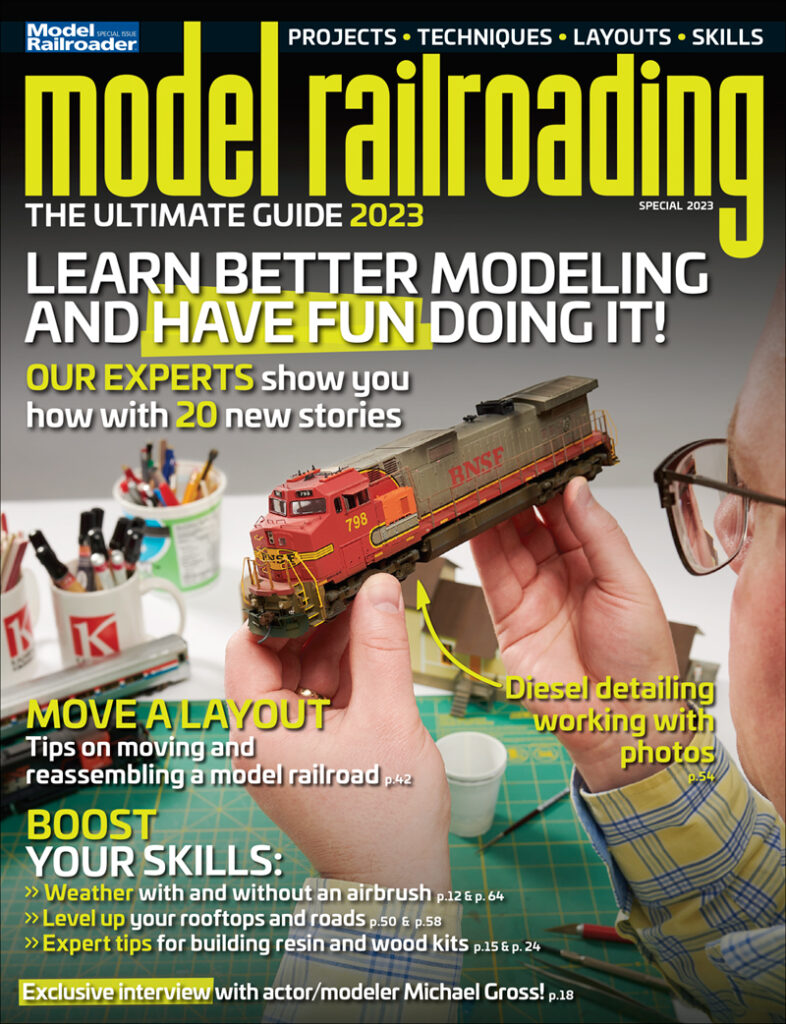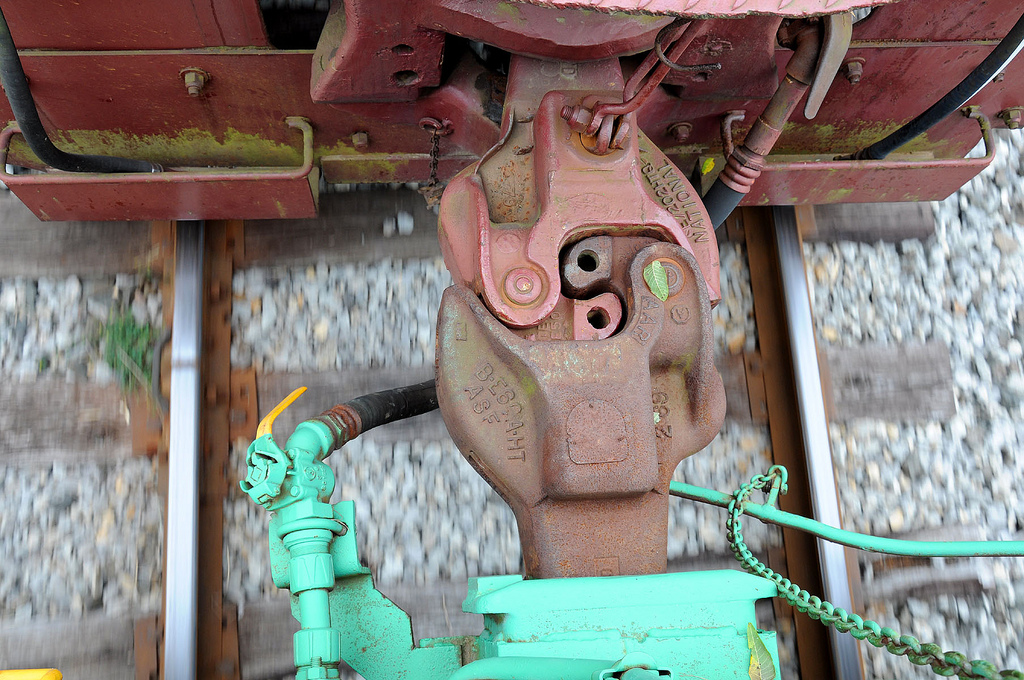
The next time you watch a quartet of six-motor diesels go grinding past with an 11,000-ton unit coal train, consider that all that horsepower is being transmitted through the train by a mere 11-inch-high chunk of steel at the end of each car. This simple little device – the “knuckle” – is the key part […]
Read More…
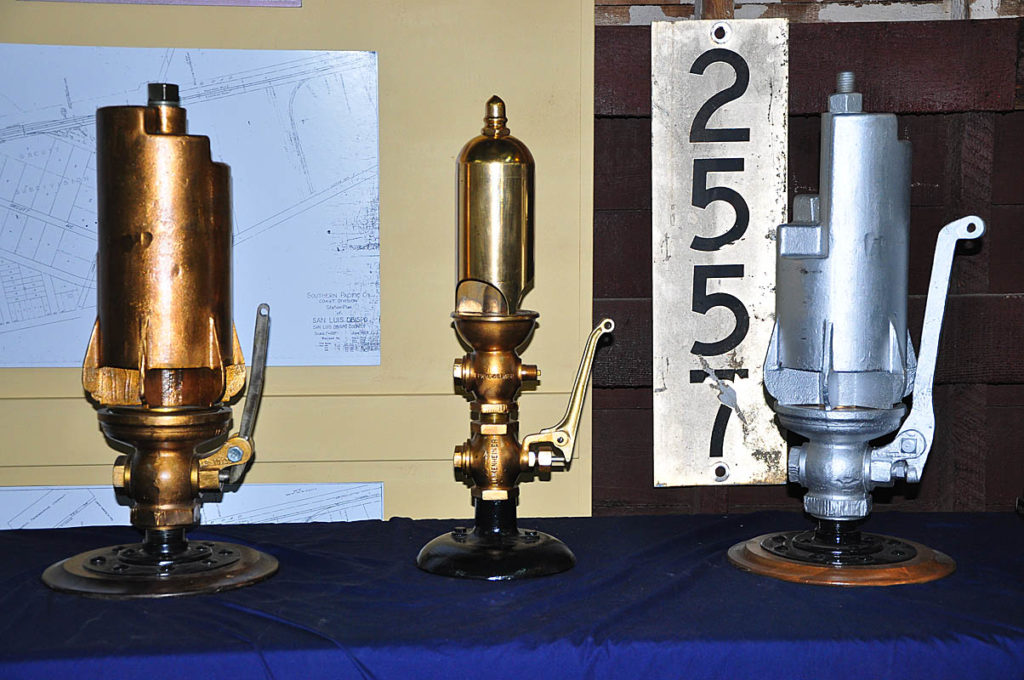
Before radio communication came into wide use in the 1960s, a locomotive’s whistle was an important tool in conveying information to other employees, both on and off the train, and many signals were on the books. The General Code Of Operating Rules, used by many railroads, contains the following list of whistle signals and their […]
Read More…

Meet Jack Burgess What was the best decision you made regarding model railroading? In the late 1960s I built a freelance layout. I soon met a modeler who was photographing freight cars in the local SPRR yard and scratchbuilding models of them. I thus got hooked on modeling prototype equipment rather than freelancing. I decided […]
Read More…
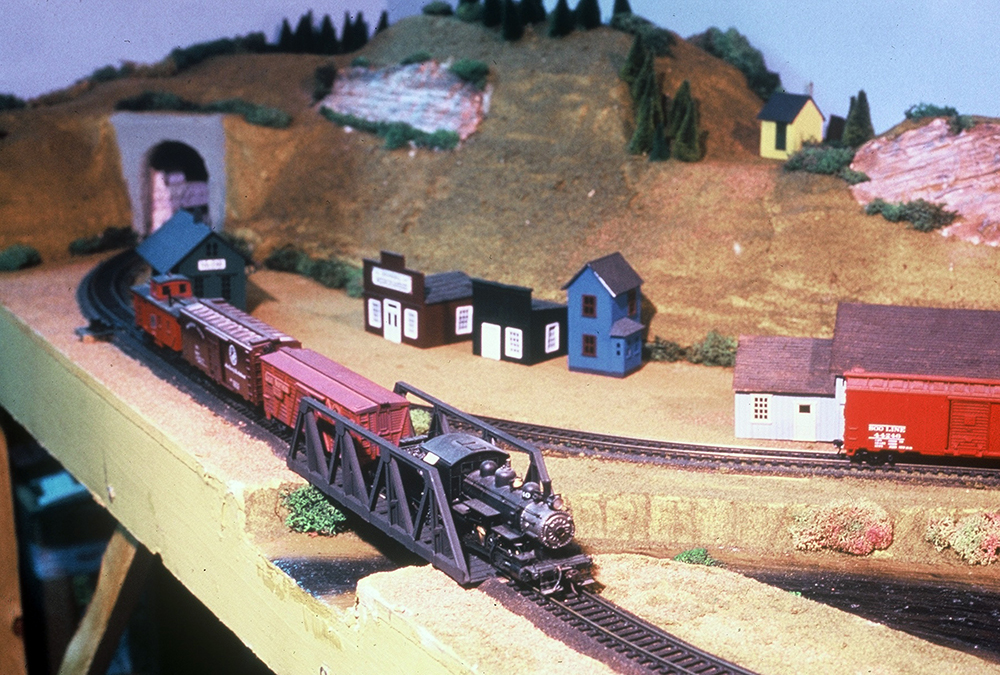
Built by Others is an article series showcasing layouts constructed by modelers using plans and projects from the pages of Model Railroader magazine. The Gold Hills Central was a layout built live by staff and MR contributors at Model Railroader’s 50th Anniversary Conference, held in Milwaukee in 1983. The original story and plan ran in […]
Read More…

Given a choice, railroads will always follow a straight, level path. Trains use less energy, speeds are higher, and there’s less wear on equipment when railroads can build on an arrow-straight line. But land rises and falls, obstacles must be avoided, and this requires grades to compensate for changes in elevation and curves to reorient […]
Read More…
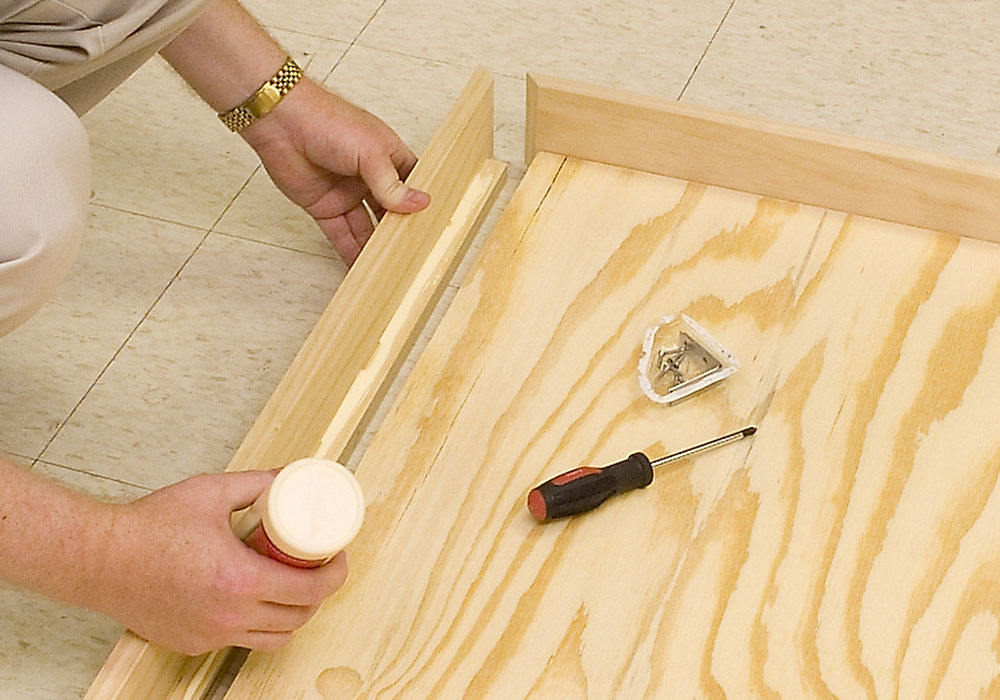
The basic tools to start building your train table: If you’re interested in building a train table for your layout, you’ll need a few basic tools to get started. Whether you’re a beginner or an experienced model railroader, having the right tools can make all the difference in the success of your project. Safety Gear […]
Read More…
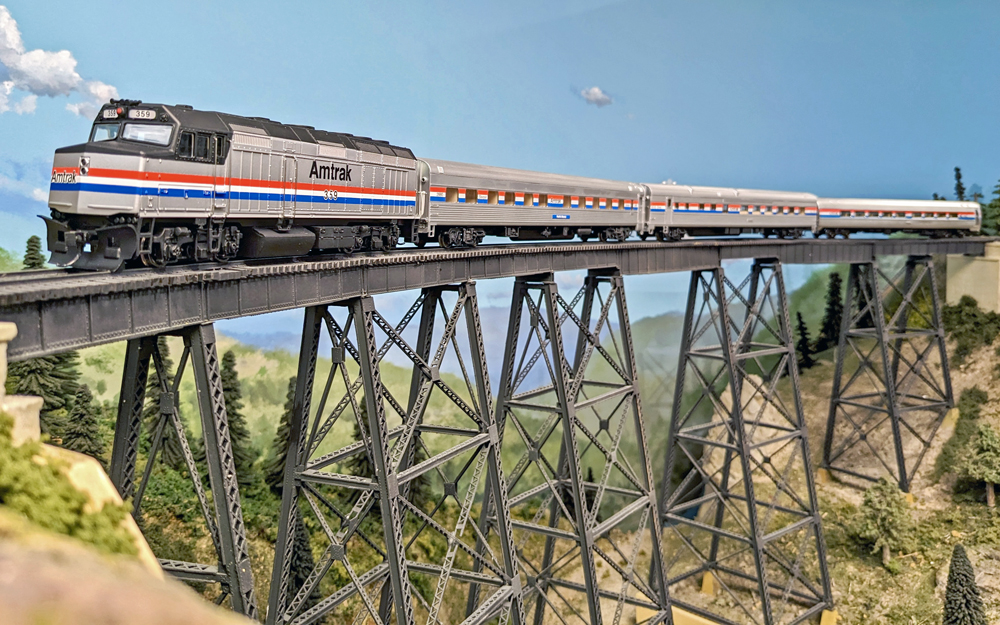
On May 1st, 1971, the National Railroad Passenger Corporation, or Amtrak, was formed. On this 52nd anniversary, I thought we should take a look at small Amtrak trains from the start. If you want to learn about how to model modern short Amtrak consists, check out my previous article. Instead of focusing on two individual […]
Read More…

News & Products for the week of May 8th 2023 Model railroad operators and builders can get the latest information about locomotives, freight cars, passenger cars, tools, track, and more by reading Model Railroader’s frequent product updates. The following are the products Model Railroader editors have news on for the week of May 8th 2023. […]
Read More…
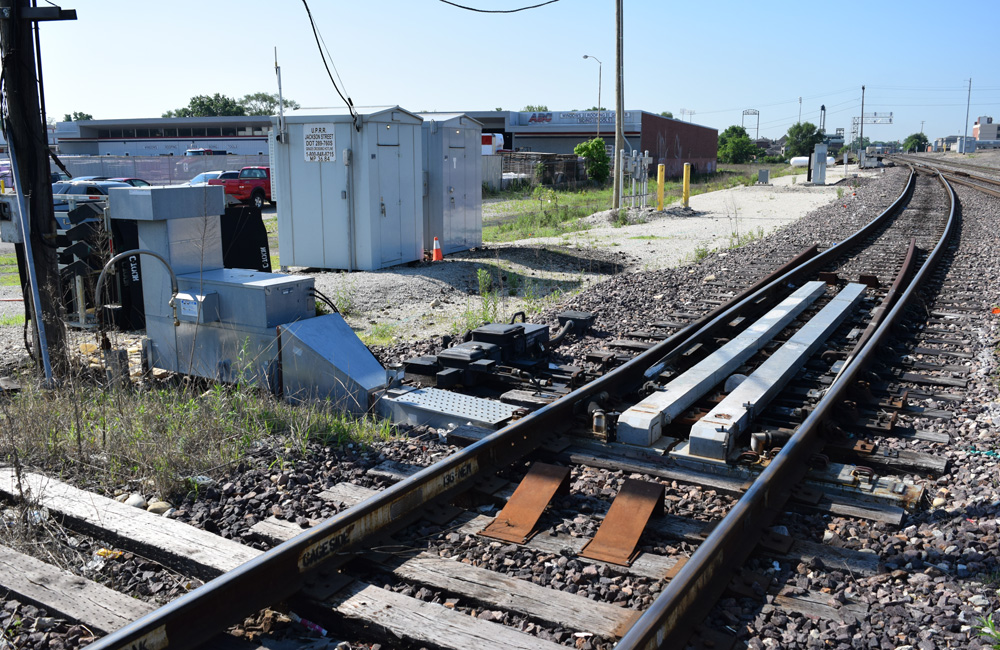
Q: How exactly do switch heaters work? And how can I model a switch heater? – Bob Kolankoski A: Over the years, railroads have tried many different methods to keep switch points from getting clogged with ice and compacted snow. One of the earliest was placing burning smudge pots between the rails. Later, more permanent switch […]
Read More…
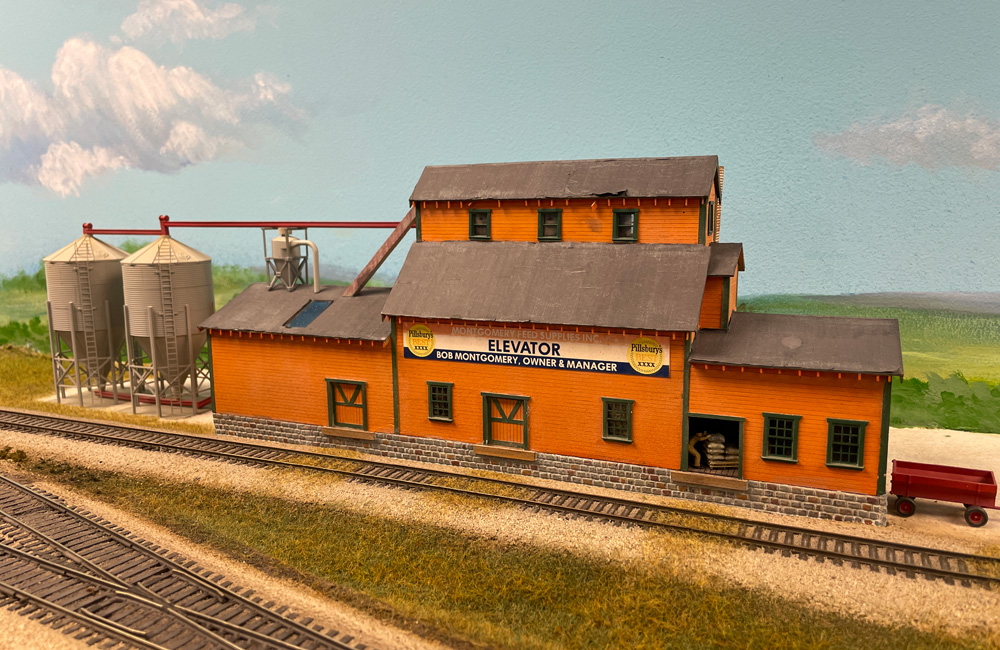
Q: I have acquired a vintage Suydam “Purina Chows” feed mill kit. What would be contained in the silo part of the building (grain or feed) and how did those feed dealers receive grain? Dumping grain from a boxcar seems a bit messy, and covered hoppers were not in use until the mid-1950s. I model the […]
Read More…
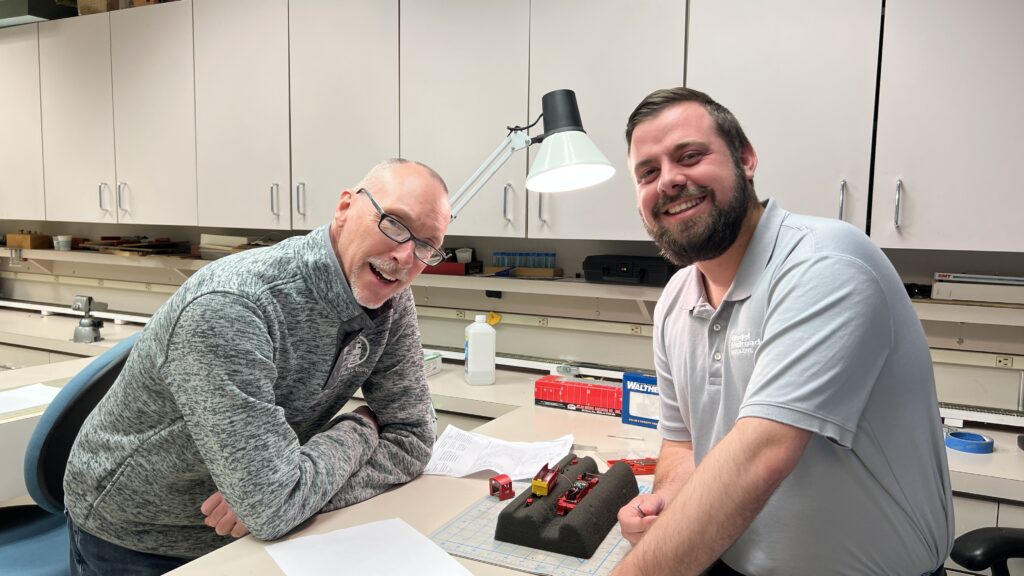
On this week’s episode of Midday Modeler, David and Eric answer MORE great questions sent in from viewers. Bryson revisits a question from a few weeks back regarding a Walthers SW-1. Did any of the questions stump the MR Crew?? Watch to find out! […]
Read More…


